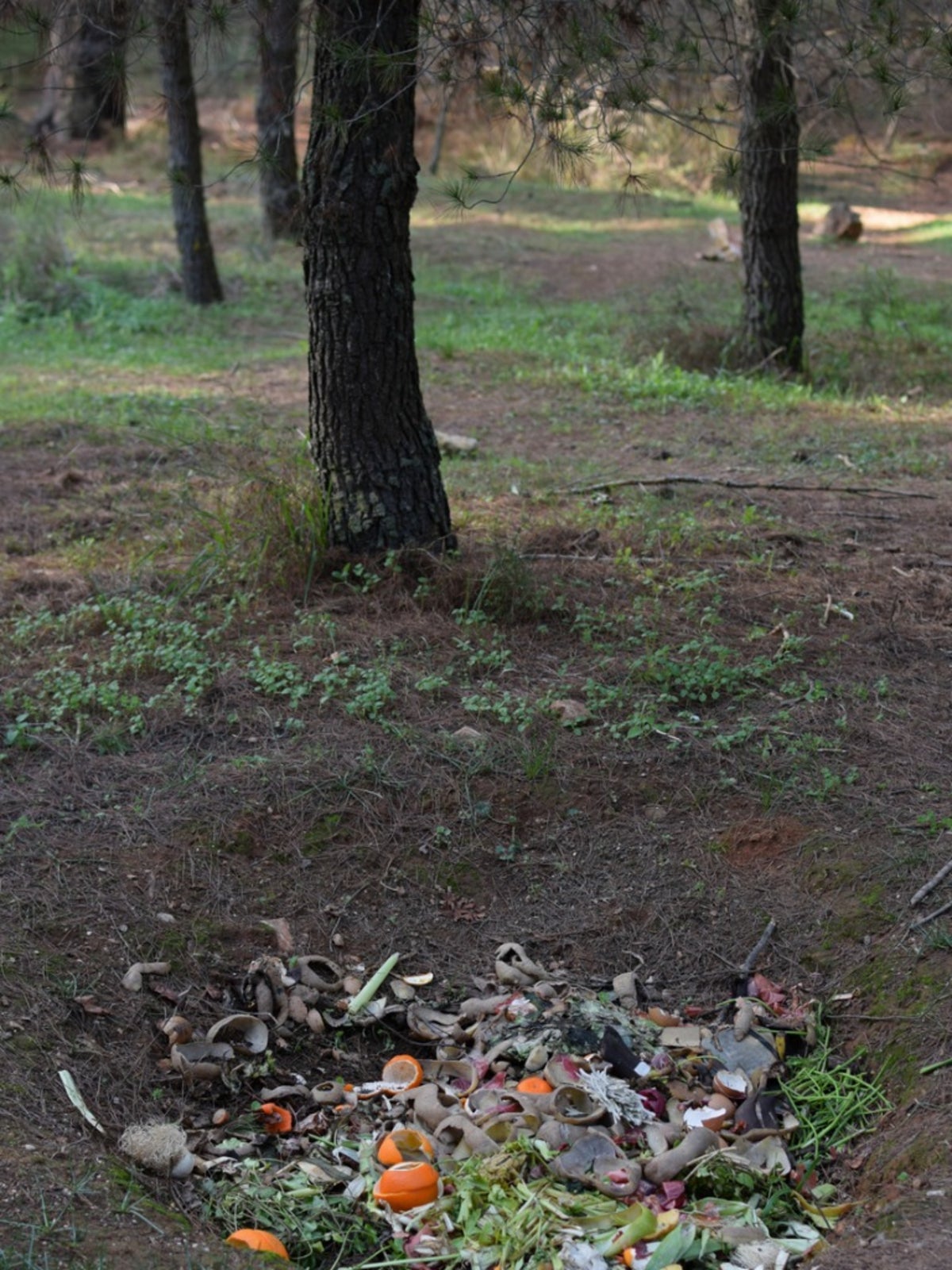
I think we all know that reducing our contribution to our landfills is imperative. To that end, many people compost in one way or another. What if you don’t have room for a compost pile or your municipality doesn’t have a composting program? Can you dig holes in the garden for food scraps? If so, how do you compost in a hole in the ground?
Can You Dig Holes in Garden for Food Scraps?
Yes, and this is actually one of the simplest and most effective methods of composting kitchen scraps. Variously referred to as trench or pit composting in gardens, there are a few different trench composting methods, but it all comes down to composting food scraps in a hole.
How to Compost in a Hole in the Ground
Composting food scraps in a hole is definitely not a new technique; it’s probably how your grandparents and great grandparents got rid of kitchen waste. Basically, when pit composting in gardens, you dig a hole 12 to 16 inches (31-41 cm.) deep – deep enough that you pass the topsoil layer and get down to where the earthworms live, feed, and reproduce. Cover the hole with a board or the like so no person or critter falls in.
Earthworms have amazing digestive tracts. Many of the microorganisms found in their digestive systems are beneficial to plant growth in many ways. The earthworms ingest and excrete organic matter directly into the soil where it will be available for plant life. Also, while the worms are tunneling in and out of the pit, they are creating channels that allow water and air to penetrate the soil, another boon to plants root systems.
There is no turning involved when pit composting in this manner and you can continuously add to the pit as you get more kitchen scraps. Once the pit is filled up, cover it with soil and dig another pit.
Trench Composting Methods
To trench compost, dig a trench to a foot or more deep (31 cm.) and any length you want, then fill it with around 4 inches (10 cm.) of food scraps and cover the trench with soil. You can choose an area of the garden and let it lie fallow for a year while everything composts, or some gardeners dig a trench around the drip lines of their trees. This last method is great for the trees, as they have a constant supply of nutrients available to their roots from the composting material.
The entire process will depend on what material you are composting and the temperature; it may take a month to compost or as long as a year. The beauty of trench composting is there is no maintenance. Just bury the scraps, cover, and wait for nature to take its course.
Sign up for the Gardening Know How newsletter today and receive a free copy of our e-book "How to Grow Delicious Tomatoes".
A variation on this method of composting is called the English System and it requires significantly more garden space, as it involves three trenches plus a path area and a planting area. Basically, this method maintains a three-season rotation of soil incorporation and growing. This is also sometimes referred to as vertical composting. First, divide the garden area into 3 foot wide (1 m.) rows.
- In the first year, make a foot (31 cm.) wide trench with a path between the trench and the planting area. Fill the trench with compostable materials and cover it with soil when almost full. Plant your crops in the planting area to the right of the path.
- In the second year, the trench becomes the path, the planting area is last year’s path and a new trench to be filled with compost will be last year’s planting area.
- In the third year, the first composting trench is ready to be planted and last year’s compost trench becomes the path. A new compost trench is dug and filled where last year’s plants were grown.
Give this system a few years and your soil will be well structured, nutrient rich, and with excellent aeration and water penetration. At that time, the entire area can be planted.

Amy Grant has been gardening for 30 years and writing for 15. A professional chef and caterer, Amy's area of expertise is culinary gardening.
